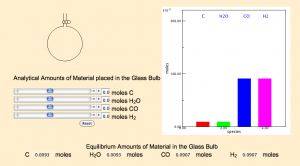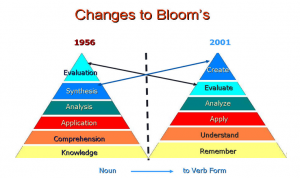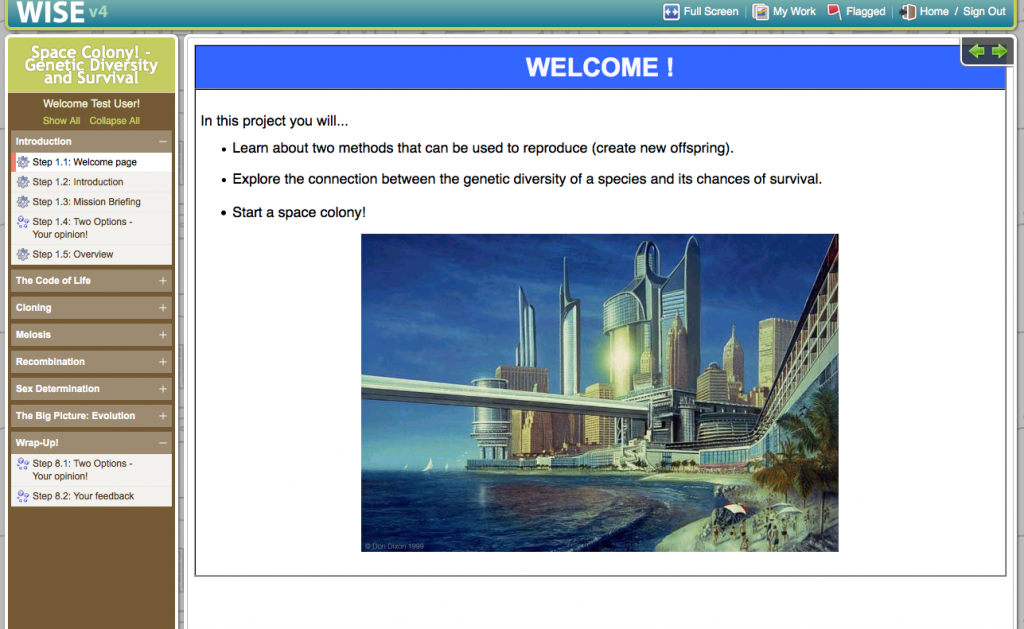Customizing mobile technologies to facilitate embodied learning or mobile learning for math or science
Back when I had just finish my undergraduate, I spent a bit of time slumming it in an outdoors store in Victoria. One day an older lady came in wanting to buy some bear-spray to protect her while she was walking in the forest with her dogs. Not necessarily unreasonable (you essentially have to be petting distance from the bear for it to be effective), except that she intended to use it against cougars. I informed her that this wasn’t going to be successful and that most likely her dogs would keep the cougar away. It turns out they were Corgis, to which I indicated that the cougar would likely just take one of the dogs and she’d be fine. Suffice to say, she left a titch unhappy with her new knowledge and my manager, while laughing, gave me hell for not being a bit nicer.
This illustrates a prime example of people having certain expectations and conceptions based on limited experiences and that exposure to new environments and scenarios often demonstrate such conceptions are incorrect, and even occasionally unpleasant. The classroom does represent one environment for students to garner knowledge in, however, it lacks many of the realistic opportunities for them to experience challenges to their thinking.
Thus with the use of smart mobile platforms such as the iPhone or iPad (personal bias) students can be unshackled from the classroom. To customize such platforms to support mobile learning on top of the basics (built in camera, notes, timer, face-time) I would add: a Unit converter, Dragon dictation, Garage-band, iMovie, and Pages or tools of similar capacity, as well as, a SIM card so students could take the tools into the “field” and still access the web. Then students are able to construct research questions, find initial information online, collect data (images, videos, digital notes), represent their findings through multiple modalities, and share this information (Zhang, Looi, Seow, Chia, Wong, Chen, So, Soloway, and Norris, 2010).
With access to the web from anywhere, mobile learning can be organized via Google-docs, providing students with guidelines, directions, and a forum for communication, both with the teacher and fellow learners. Mobile learning ties into Winn’s (2003) observations that:
- to create a coupling (interaction between student and environment), students need to actively engage in reshaping their old conceptions into new ones via new challenges within the environment
- by increasing a student’s sense of presence with an environment then their coupling with the said environment can be increased
as it, provides the opportunities for students to move into a multitude of different environments and experiences outside of the classroom.
Considerations from Discussions
As we are building a 1:1 student and technology model at the school where I work, I believe that mobile technologies provide the best tools in collaboration with the resources already contained both by the school and the students themselves. In discussions with my fellow MET learners several key points have been brought up about mobile technology:
- a need for a critical mass of technology savvy teachers
- the diversity of mobile devices
- wireless access to the net
- economic factors affecting the purchase of mobile devices
Since the simple presence of technology does not automatically mean increased learning or a better sense of development, there is indeed a need for a critical mass of technology savvy teachers. It doesn’t have to mean that they are masters of every technology, but rather that have an understanding of how it can be used in the learning process and are willing to put in the effort to design learning activities, which effectively incorporate technology. This technological adaptability also helps to accommodate for the variable capabilities of mobile devices, which students possess. Assignments and learning tasks need to have flexibility in them to accord for the differences in the technology, as well as, the differences in the student’s proficiency levels; group collaboration can be one way to overcome some of these issues. Our school is a small private one and the majority of families can afford most technologies, but options are in place for lower economic status families. As well, the costs associated with designing for mobile technology are taking into consideration the need for students to complete assignments within the school, in case not all options are available at home (extra available computers and appropriate supporting software). Increased use of mobile devices also requires increased bandwidth at schools so information can actually be accessed. While I envision students having 3G/4G access, this would be for those times when they are out in the field and would otherwise be drawing upon the wifi network of the school. As a colleague pointed out, “if students can have wifi at McDonalds they sure as hell should have it at school where it counts.” One further extension to open networks and mobile learning is the need to talk to students about ethics, appropriate use, and also the times to not rely on the mobile tools.
References:
Winn, W. (2003). Learning in artificial environments: Embodiment, embeddedness, and dynamic adaptation. Technology, Instruction, Cognition and Learning, 1(1), 87-114.
Zhang, B., Looi, C-K, Seow, P., Chia, G., Wong, L-H, Chen, W, So, H-J, Soloway, E. & Norris, C. (2010). Deconstructing and reconstructing: Transforming primary science learning via a mobilized curriculum. Computers & Education, 55, 1504-1523.









